Riding in a group is an efficient and sociable way to cover any distance sharing the effort between everyone. It is important to firstly be alert and to concentrate, you should know where you are in relation to the other riders and also be aware of hazards such as traffic and pedestrians.
When cycling in a group, it is important to follow certain etiquette and safety guidelines to ensure a safe and enjoyable ride for everyone involved. Here are a few key tips:
Whilst not exhaustive, this should give you enough to be able to fit comfortably into any group ride around the world. If you think we’ve missed anything, drop a note in the comments.
When cycling in a group, it is important to follow certain etiquette and safety guidelines to ensure a safe and enjoyable ride for everyone involved. Here are a few key tips:
- Ride in a single file or double line, taking turns at the front to reduce wind resistance and allow others to draft behind you. Good practice is to swap turns every ten minutes – either swing over anti-clockwise (UK) and change one rider or have both riders from the front peel off and drop to the back.
- Communicate effectively with hand signals and verbal cues to alert others of turns, hazards, and changes in pace or direction. Don’t shout about every crisp packet and leaf – you only need to point out real hazards.
- Do shout that everyone is back on after a stop for lights or to navigate a junction - the riders at the front might not be aware that someone has not yet got back on.
- Maintain a consistent speed and pace and avoid sudden stops or turns to prevent collisions. Ride at the pace that the slowest ride can keep up – don’t expect weaker or slower riders to do a turn but always aim to do your fair share if you are able. Group riding is a group effort.
- When you hit a hill or uphill drag, gently ease the pace and be aware of the riders behind you. Drop down a sprocket or two and ride steadily rather than try to ride off the front. Aim to keep the group together up hills as well as on the flat. This is a great skill to have and really makes a difference to the group behind. You are better off riding up a hill a little slower than you would normally if it keeps the group intact and means you don’t have to re-group at the top.
- Riders behind the leaders should remain there rather than surging past on hills and drags.
- Leave enough room between each cyclist to allow for manoeuvring and to avoid touching wheels.
- Stay alert and be aware of your surroundings at all times, especially for other cyclists, vehicles, and road hazards.
- Obey traffic laws and signals, and be mindful of other road users.
- Be respectful and considerate of other cyclists in the group, especially those with less experience or ability.
- At junctions and traffic islands (roundabouts) the lead riders need to be aware of the group behind them. Only proceed if it is safe for the rest of the group to follow. Likewise, the riders behind should follow the riders in front of them around junctions and islands. Stopping and breaking up the group not only hinders the progress of the group but creates lots of smaller groups on the road which are harder for traffic to manage.
- Keep an eye on the cadence and gear that other riders are riding in and ride similar. Rolling round in a big gear not only tires your legs and is inefficient but will lead to you riding at a pace different to the rest of the group. This will see you surge past the rider in front of you and drop behind the rider to the side of you and cause disruption to the group. Look at what other riders are doing – not at your bike computer.
- When riding at the front, be aware that around corners and after slowing for junctions there will be a ‘concertina’ effect. On twisty roads, you will be exiting a bend and moving back up to speed whilst the riders at the back are still slowing down for the corner. Drop your speed after corners and let the group get back together.
- When riding on the front, call out hazards such as holes, drain covers, ice, diesel spills, objects in the road. You don’t need to call out everything – only those things that are likely to cause an incident such as a fall or broken wheel.
- If necessary, slow for oncoming traffic. Calling out ‘car down’ tells the group that there is a car approaching and heading down the bunch. When encountering horses or other wildlife, slow down to a walking pace if necessary and let the rider know you have seen them.
- If a vehicle is going to pass the group, call out ‘car up’ to let others know that a car will be moving up the group.
- In cases where traffic builds up behind the group – on narrow lanes for example, look at pulling over at a safe place and letting them past.
Whilst not exhaustive, this should give you enough to be able to fit comfortably into any group ride around the world. If you think we’ve missed anything, drop a note in the comments.

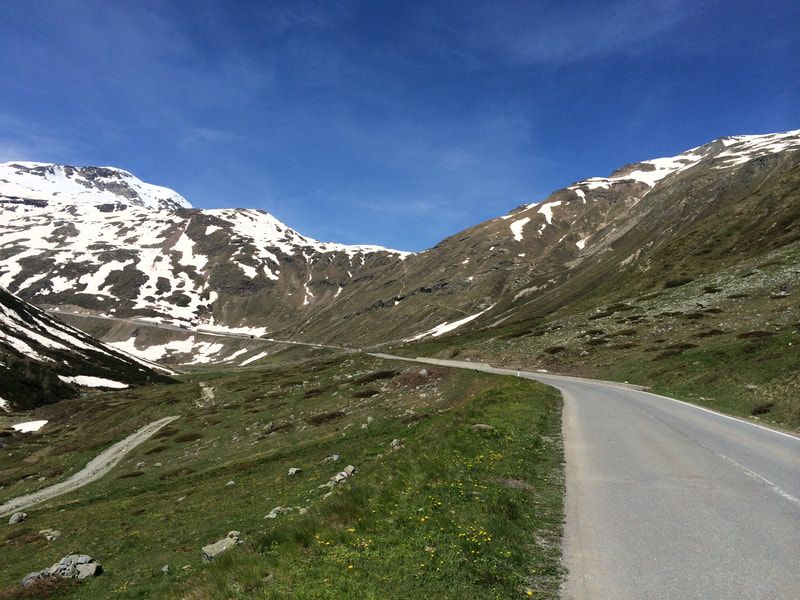
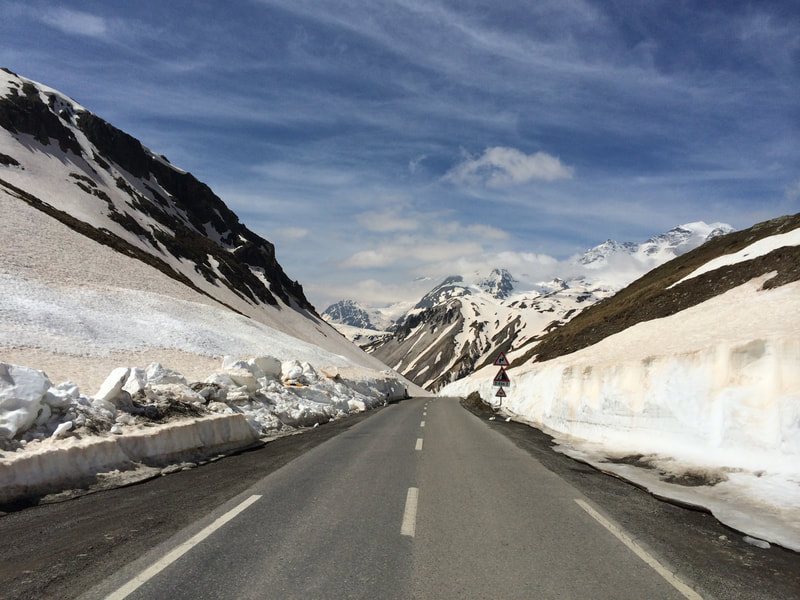
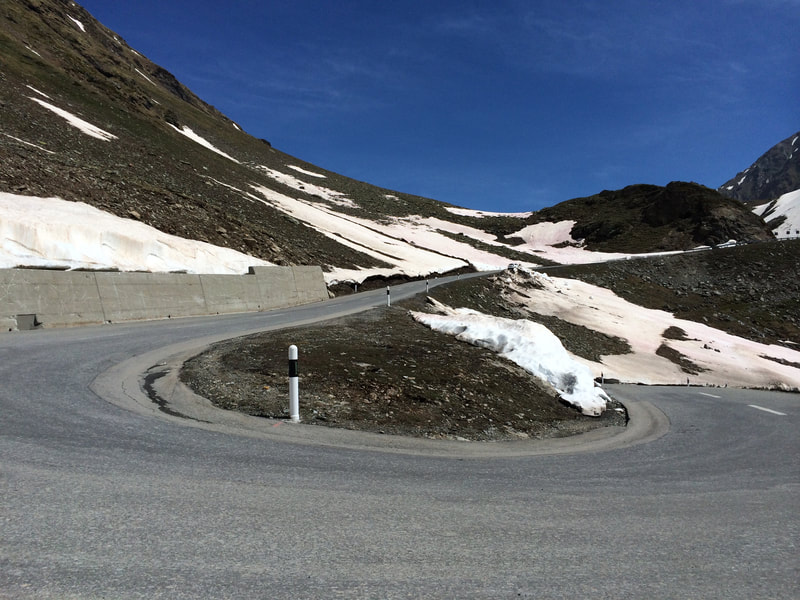
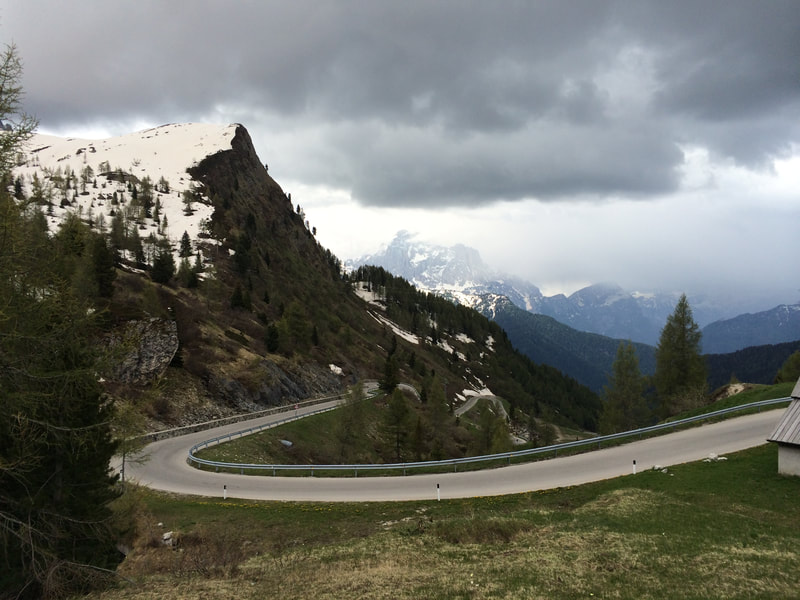
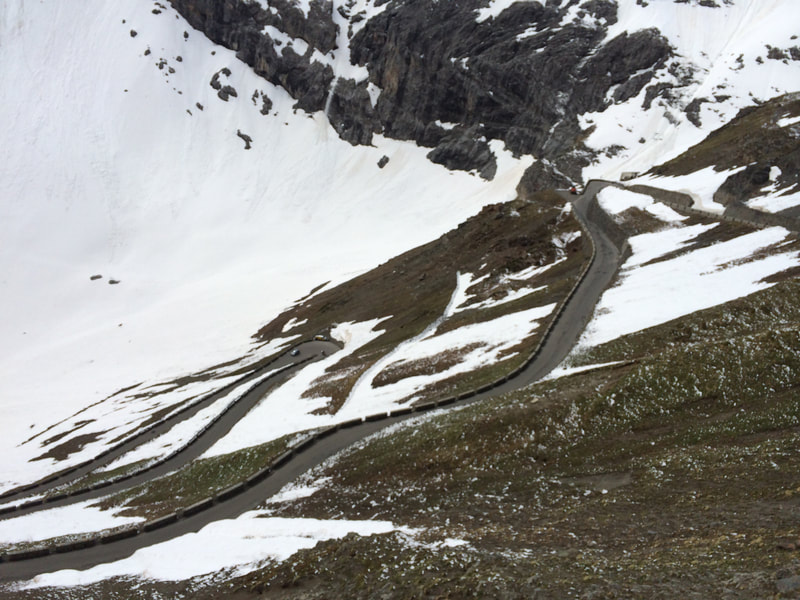
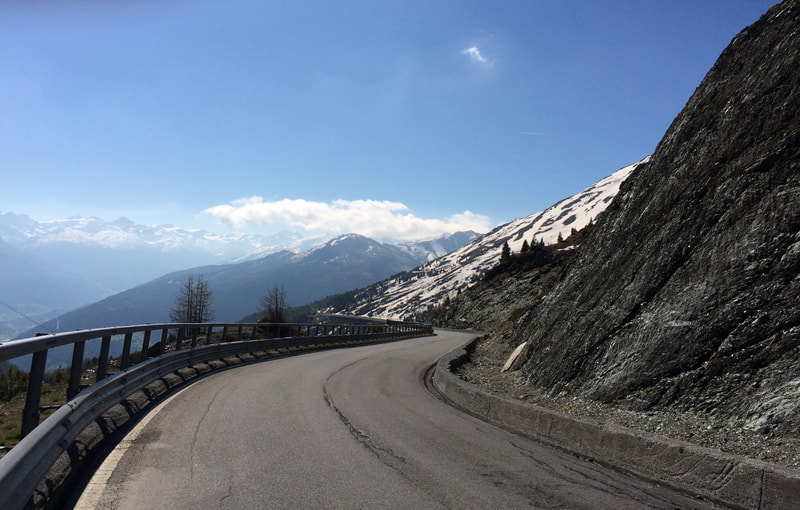
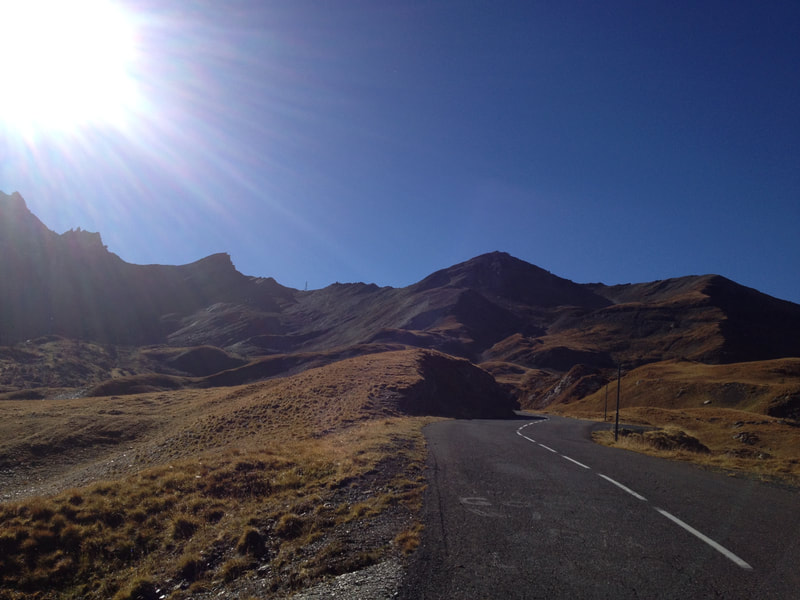
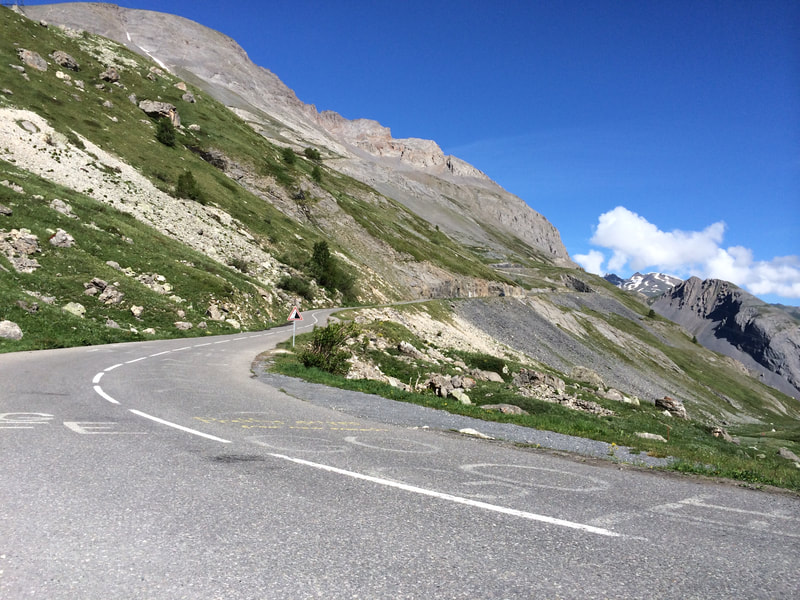
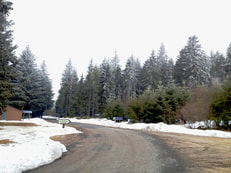
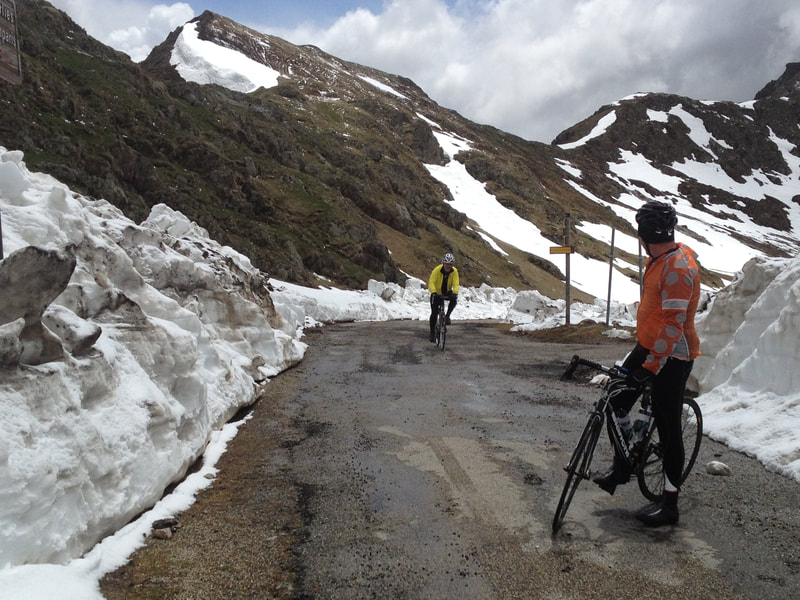
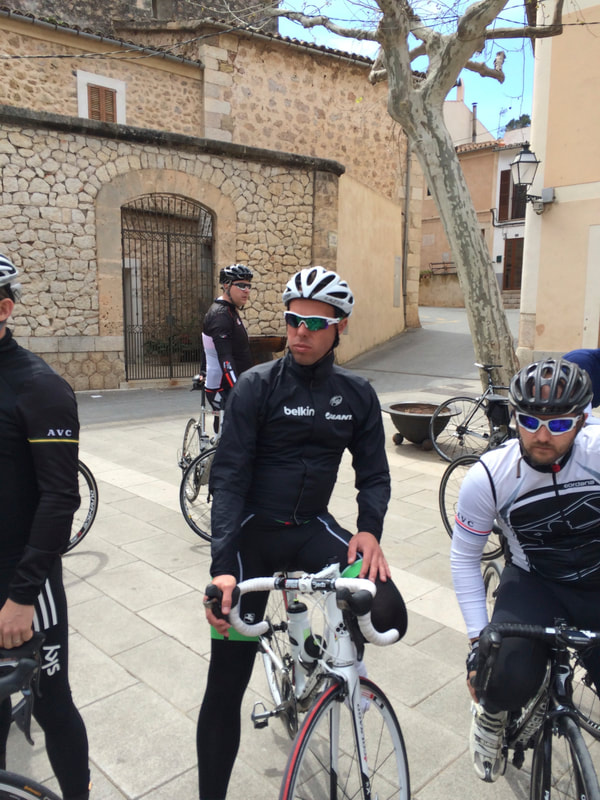
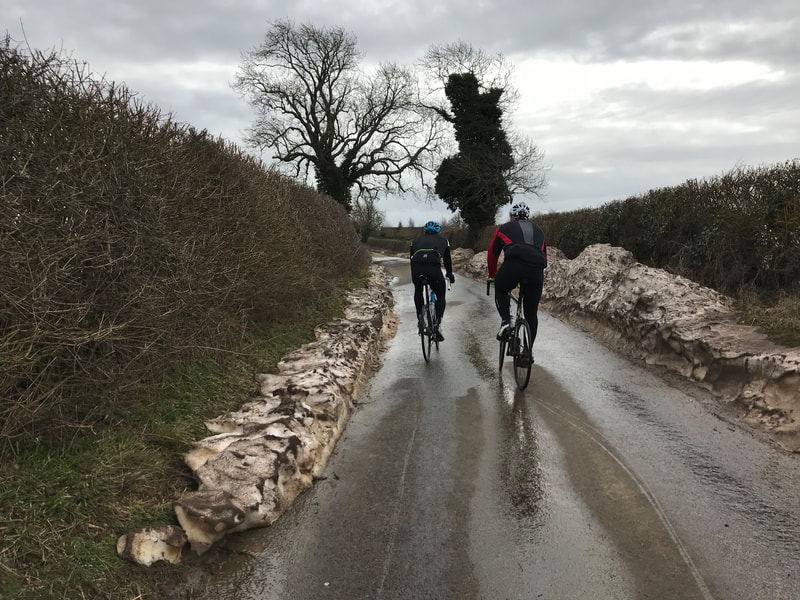
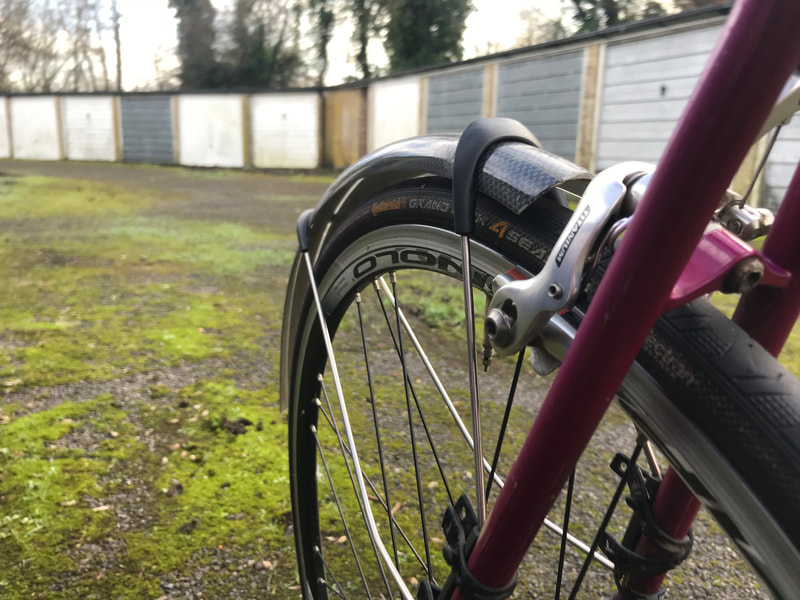
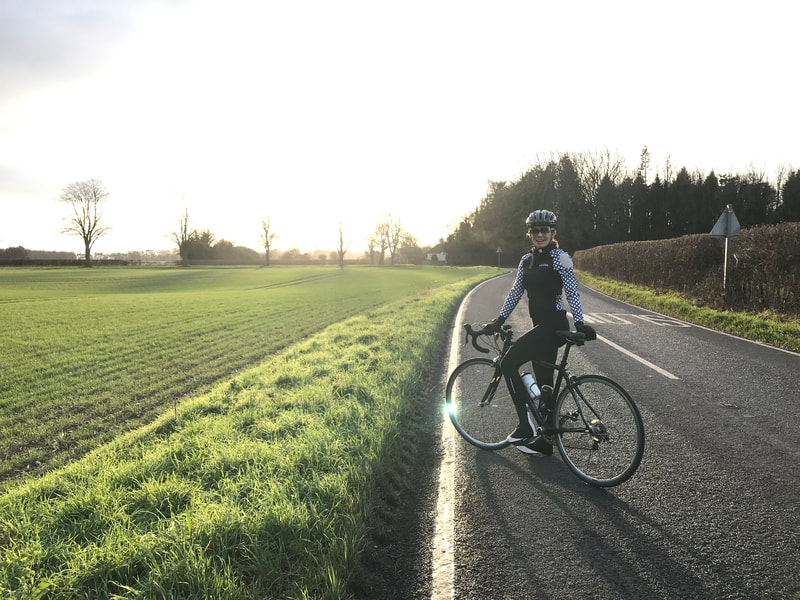
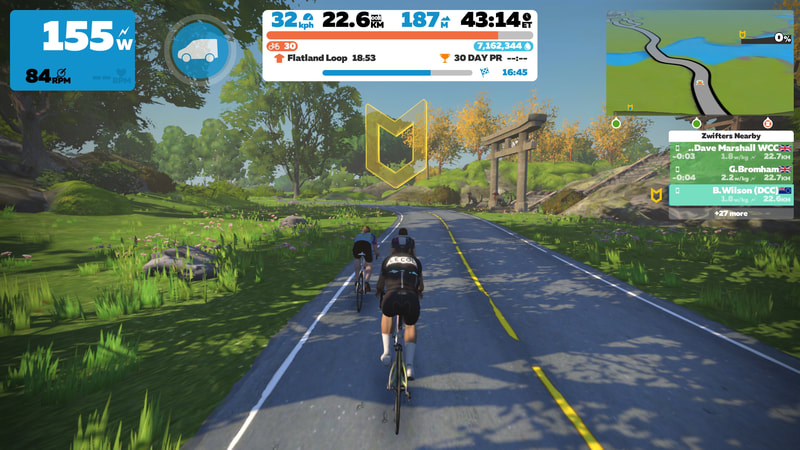
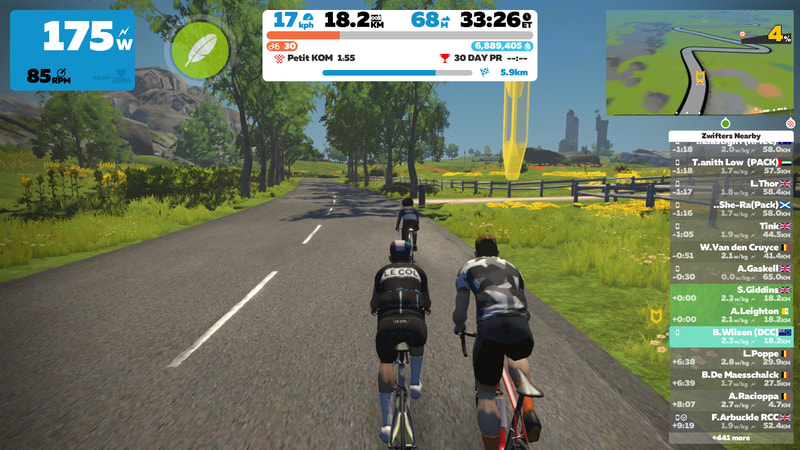
 RSS Feed
RSS Feed
